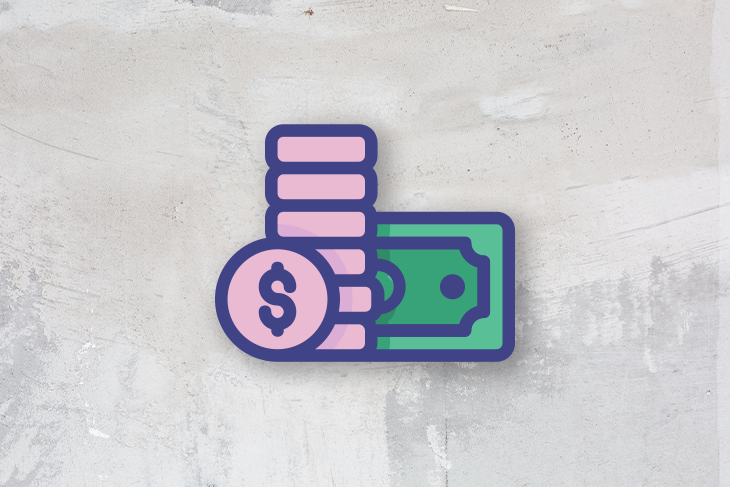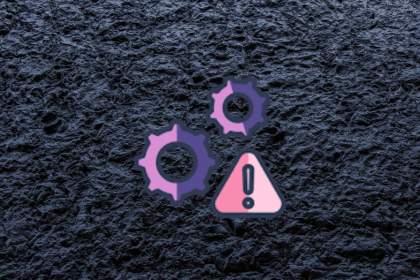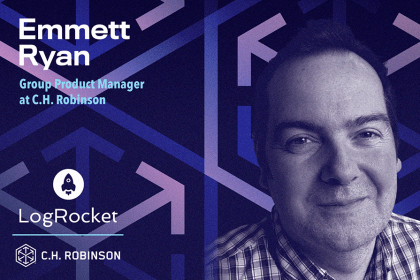Estimating the cost of digital products is complex and we are often bad at it. Most estimations create false expectations and lead teams to complicated situations.

In this guide, we’ll explain what cost estimation is, why it’s important, and how you can use cost estimation to make informed decisions about resource allocation, budgeting, and project timelines.
Cost estimation involves understanding how much you need to invest to accomplish something. This works best with activities you can repeat and receive the same result.
Take a house, for example. You’ll need to pay for materials, labor, decorations, an engineer, a designer, and so on. It’s possible to calculate everything up front, which means you can get a precise cost estimation.
But, a digital product is different. We cannot calculate everything upfront, although we can have a high-level idea of what kind of investment we’re considering.
Product managers need to pitch ideas all the time. Some companies will risk making a small investment to evaluate whether to fund the initiative further. Other companies will require a cost estimation before betting on the initiative.
Such an estimate allows product managers to avoid wasting time and resources on an initiative that lacks the potential for long term success. Cost estimating gives product managers a more holistic view of a potential product, which allows for a more accurate estimation of what the product will cost.
When I worked for agencies, we used to try to have highly detailed estimates for everything. That almost killed us because it took way too long. To mitigate this, we developed an estimation calculation technique designed to streamline the process.
You can create a model estimation calculator by following these steps:
A simple calculator like this will save you a lot of time.
You may stumble upon some projects that require phases, discovery, delivery, testing, and deployment. Estimating in phases is counterproductive. The calculation should contain the overall effort to do all the required work to complete the feature.
Now, let’s say you have a new project and a list of features to estimate. How do you start? First, check who’s available and gather a small cross-functional team together.
I like playing an estimation game that takes 1–2 hours. It goes like this:
The result is a high-level estimate of the whole feature set you have. You will have ranges from best case to worst case. Once you have this information you can make an informed decision about whether the product is worth pursuing, or if the team should pivot its attention towards something with more potential.
Let’s look at a real-world example to show how cost estimation works in practice.
Imagine you’re working on a new project for a healthcare application with features such as appointment booking, secure messaging between patients and healthcare providers, and a medical history tracker.
To estimate the costs for this example project, you can follow the steps outlined above. Your cost estimation process might look something like this:
The digital product development space can be unpredictable. Many aspects contribute to project delays and flawed estimations that hinder the success of your products.
These miscalculations can cause bottlenecks for your team that throw off the process of the current and future products. Misallocation also can result in having to shift time and resources away from another product to fund the one you are currently working on.
Here are vital aspects to consider when trying to arrive at the most accurate estimation:
Be mindful of your scenario and adapt your estimations accordingly.
It’s fundamental to understand that estimates aren’t commitments.
When you estimate something as a month, you’re essentially saying, “Based on what I know now, this looks like a month of work.” But, after two weeks you may realize that you need one and a half months, or maybe just three weeks. Having this understanding is critical to decision-making.
Companies have limited resources. Because of this, they must carefully pick what they will work on next. Cost estimation plays a role in it. Companies want to deliver more value in a short amount of time.
Knowing the cost estimation of something will also help you understand the kind of investment you’re talking about.
Cost estimation is imprecise by nature. You can be more predictable with time, but the beauty of product management is inspecting and adapting. The more you learn, the more you change.
Practice transparency. Use the estimation as a starting point, but don’t let the numbers trap you. As you discover something, share that and adapt your estimates.
Also, remember that it’s important to limit the estimations to a bare minimum. You want to invest your energy into getting the work done instead of discussing how to do it.
Featured image source: IconScout
LogRocket identifies friction points in the user experience so you can make informed decisions about product and design changes that must happen to hit your goals.
With LogRocket, you can understand the scope of the issues affecting your product and prioritize the changes that need to be made. LogRocket simplifies workflows by allowing Engineering, Product, UX, and Design teams to work from the same data as you, eliminating any confusion about what needs to be done.
Get your teams on the same page — try LogRocket today.

Act fast or play it safe? Product managers face this daily. Here’s a smarter way to balance risk, speed, and responsibility.

Emmett Ryan shares how introducing agile processes at C.H. Robinson improved accuracy of project estimations and overall qualitative feedback.

Suvrat Joshi shares the importance of viewing trade-off decisions in product management more like a balance than a compromise.

Great product managers spot change early. Discover how to pivot your product strategy before it’s too late.